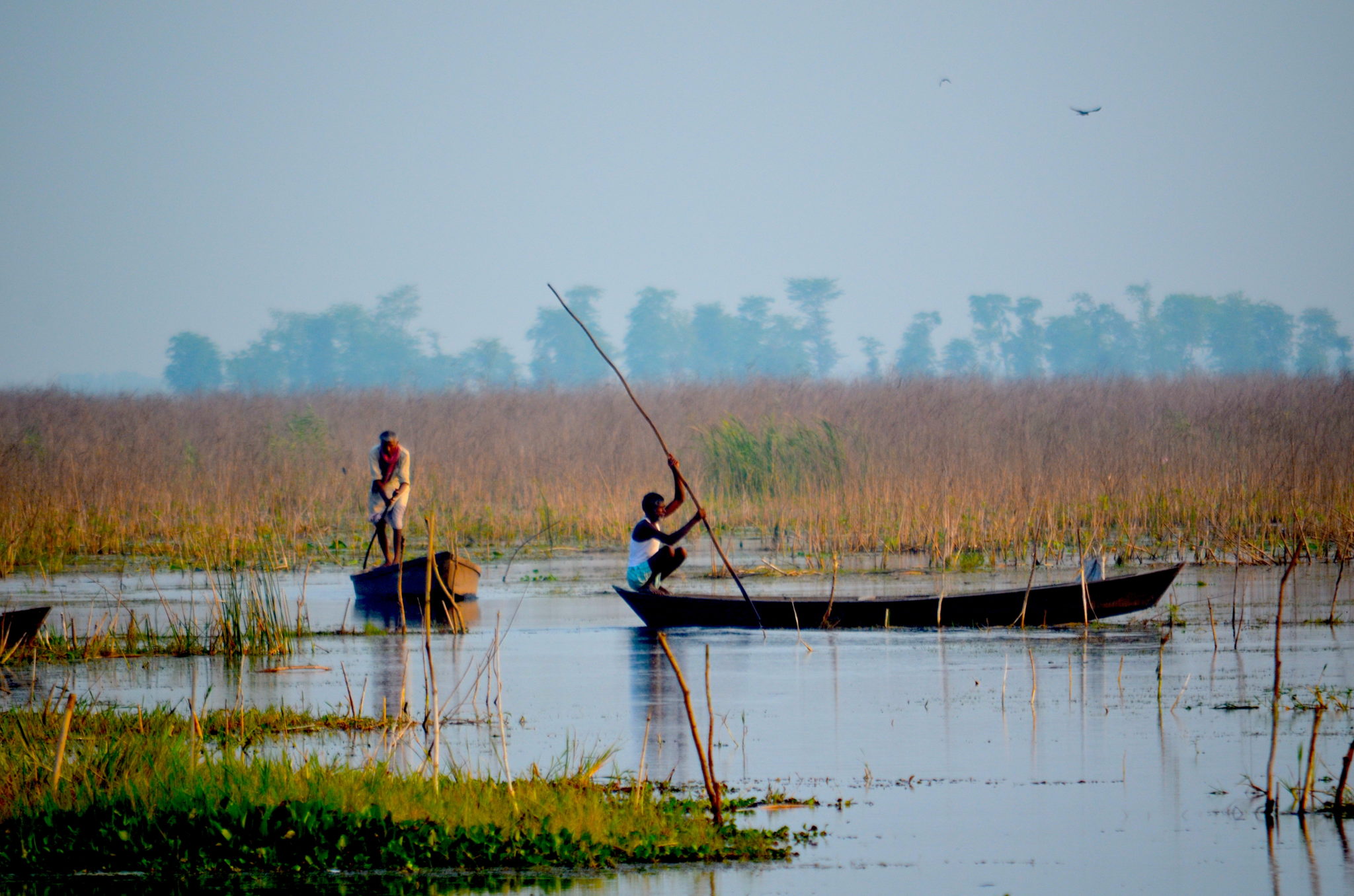
Kabartal and Asan Conservation Reserve designated as Ramsar Sites
-
Integrated management planning
Kabartal, a freshwater marsh of North Bihar and Asan Barrage in Doon Valley of Uttarakhand were designated as Ramsar Sites. With these two sites, the network of Indian Ramsar Sites becomes the largest in South Asia.
Ramsar Sites List is one of the crucial pillars of Ramsar Convention, the only multilateral environmental agreement focussed on wetlands. The vision for creating this List is to ‘develop and maintain an international network of wetlands which are important for the conservation of global biological diversity and for sustaining human life through the maintenance of their ecosystem components, processes and benefits/services’.
Wetlands can be designated to the Ramsar List under any (one or more) of the nine criteria that ranges from uniqueness of the site to those based on species and ecological communities supported. Designation of Kabartal and Asan Conservation Reserve to this list, will go a long way in facilitating their conservation and management.
Asan Conservation reserve is a 444-hectare stretch of the Asan River running down to its confluence with the Yamuna River in Dehradun district of Uttarakhand. The site is a biodiversity hub that supports 330 species of birds including the critically endangered redheaded vulture (Sarcogyps calvus), white-rumped vulture (Gyps bengalensis) and Baer’s pochard (Aythya baeri). It also supports large congregations of migratory birds like red-crested pochard and ruddy shelduck and is a known feeding, spawning and migrating site for over 40 fish species.
Kabartal, also known as Kanwar jheel covers 2,620 hectares of the Indo-Gangetic plains, in Begusarai district of the state of Bihar. The site acts as a vital flood buffer for the region besides providing livelihood opportunities to the local communities. As a habitat to biodiversity, the wetland supports about 165 plant, 394 animals and around 50 fish species. Kabartal is also an important stopover along the Central Asian Flyway, with 58 migratory waterbirds using it as a wintering site. Besides, critically endangered vultures including red-headed vulture and white-rumped vulture also use the site as a habitat.
Wetlands International South Asia has been working closely with the Ministry of Environment, Forest and Climate Change on the entire designation process. The engagement in Kanwar Jheel began in 2015, wherein under the World Bank assisted Capacity Building Programme, Wetlands International South Asia was entrusted with formulation of an integrated management plan. Over the coming years, we will be working with Government of Bihar on implementing the management plan.
